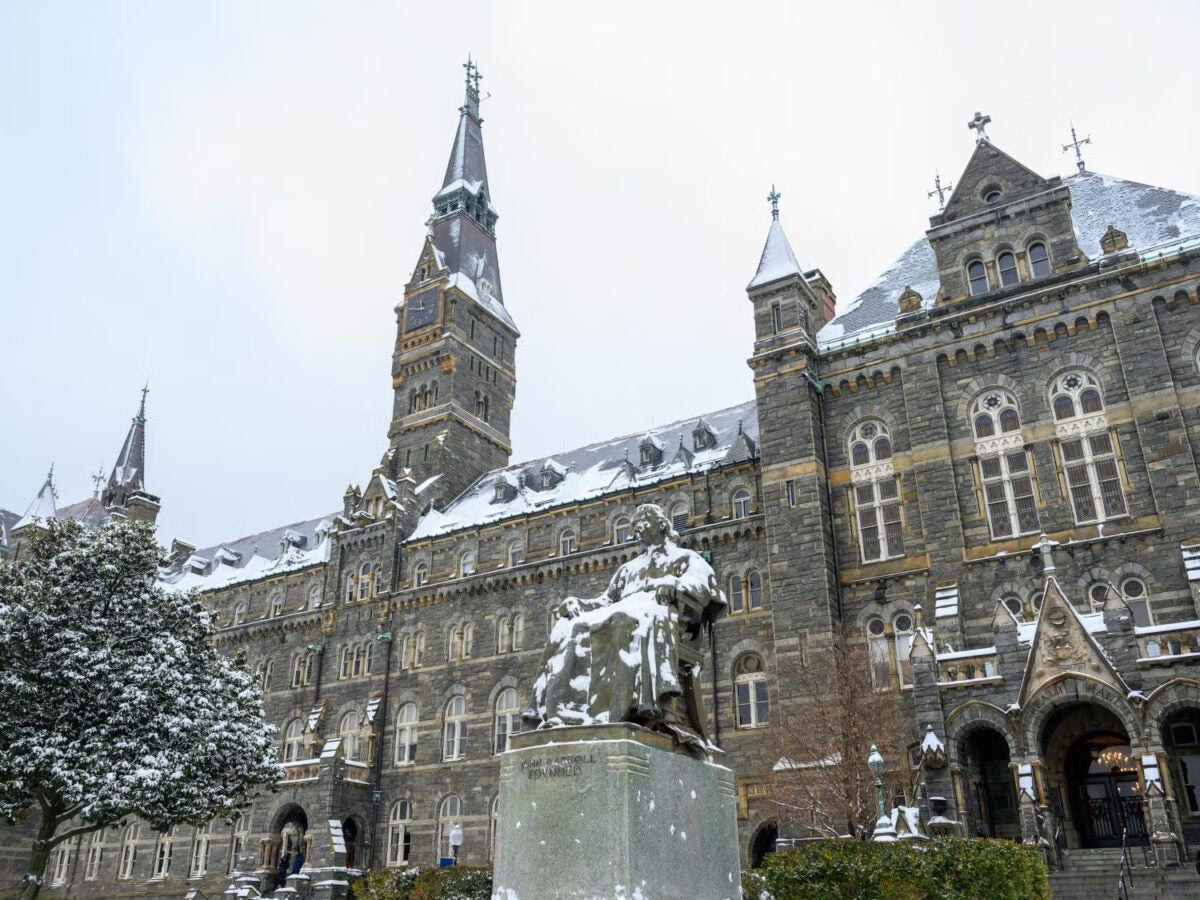Women & Climate Change

By Mara D’Amico and Rukmani Bhatia
Climate change is one of the greatest human rights challenges of our time. The impacts of climate change – drought, floods, extreme weather, increased rates of disease, and growing food and water insecurity – disproportionately affect the world’s 1.3 billion poor. Women are more vulnerable to and affected by climate change as seventy percent of the world’s poor are women. As we celebrate Earth Day, we must focus on women’s role in finding solutions to these immense disparities.
In many rural communities, women must work harder to find food, fuel and water sources. Around two-thirds of the female labor-force in developing countries, and more than 90 percent in many African countries, are engaged in agricultural work. Climate change-related drought or flooding cause women in agriculture to lose access to their only source of livelihood.
Climate change also has a significant impact on the availability of clean water, and women and girls across the world are often responsible for fetching and hauling water for their families to use. Droughts and contaminated water sources not only impact the survival and health of families and communities, but also increase the time women and girls spend on this task, making it impossible for girls to attend school or for women to participate in the labor force.
The effects of climate change are also disastrous to health, especially for the poor. Communities are facing increased risks to serious disease, infections and epidemics, including cholera, malaria, dengue fever and diarrhea. As we have seen with the spread of Ebola, women contract the disease at increased rates as they are most often on the front lines of caring for the sick.
Women have been systematically excluded from decision-making mechanisms and denied agency in deciding when and how to address the vulnerabilities they face. Yet despite these obstacles, women are increasingly on the frontlines, creating localized solutions to combat the effects of climate change. The tide is shifting to include more women in adapting sustainable policies to counter the effects of climate change.
In Laos, women are stakeholders in agricultural production and management. They are responsible for 81 percent of the nation’s agricultural exports, yet they are typically excluded form the decision-making mechanisms within their communities, preventing them from implementing innovations that would mitigate the impacts of climate-change. A project sponsored by the UN Development Programme is working to simultaneously create programs that combat the detrimental effects of climate change on agriculture, as well as engage with women and give them the access they need in order to be part of the solution.
Mozambique, a high-risk nation for climate change, implemented the first ever Environment and Climate Change Strategy and Action Plan. This Action Plan strives to create a space for women to be actively involved in combatting climate change at all levels and across all issues, including water and food security, health and disaster risk reduction.
Though women have been incredibly innovative in generating solutions to these major global problems, there remains an immense dearth of data on the impacts of women’s participation in addressing climate change. This must be a priority for all future data collection on the effects of climate change if we hope to find sustainable solutions to this challenge.
There is also room to make significant strides in both technology and financing that enhances women’s role in creating solutions. Women’s participation in determining financing mechanisms for climate change programming is critical, and we must ensure that financial tools and investments for climate change are gender-sensitive. We need to link women and business leaders on this agenda, and we need to intensify this link.
New technologies to address climate change must also take into account the specific priorities and roles of women. Doing this will require both a concerted effort at the grassroots level, and political will and implementation from the top. If we are unable to do this, we will fail to mitigate the risks and impacts of climate change on the most vulnerable, and we will miss out on the innovative and localized solutions that climate change requires.
If we are to address the broad spectrum of threats and implications of climate change, we must seek out and include the contributions and innovations from all, especially those facing the gravest consequences. Our health, our livelihood and our future depend on it.
Mara D’Amico is the 2014-2015 Hillary Rodham Clinton Communications Fellow at the Georgetown Institute for Women, Peace and Security. She is a graduate of the Clinton School of Public Service, specializing in policy and programming to address gender-based violence.
Explore More

End of Year Reflections
This year has been particularly challenging for peace around the world, with…

“No Amnesty, No Silence:” Ukrainian Women Urge Accountability for War-Time Sexual Violence
Last week, the Georgetown Institute for Women, Peace and Security (GIWPS) brought…
